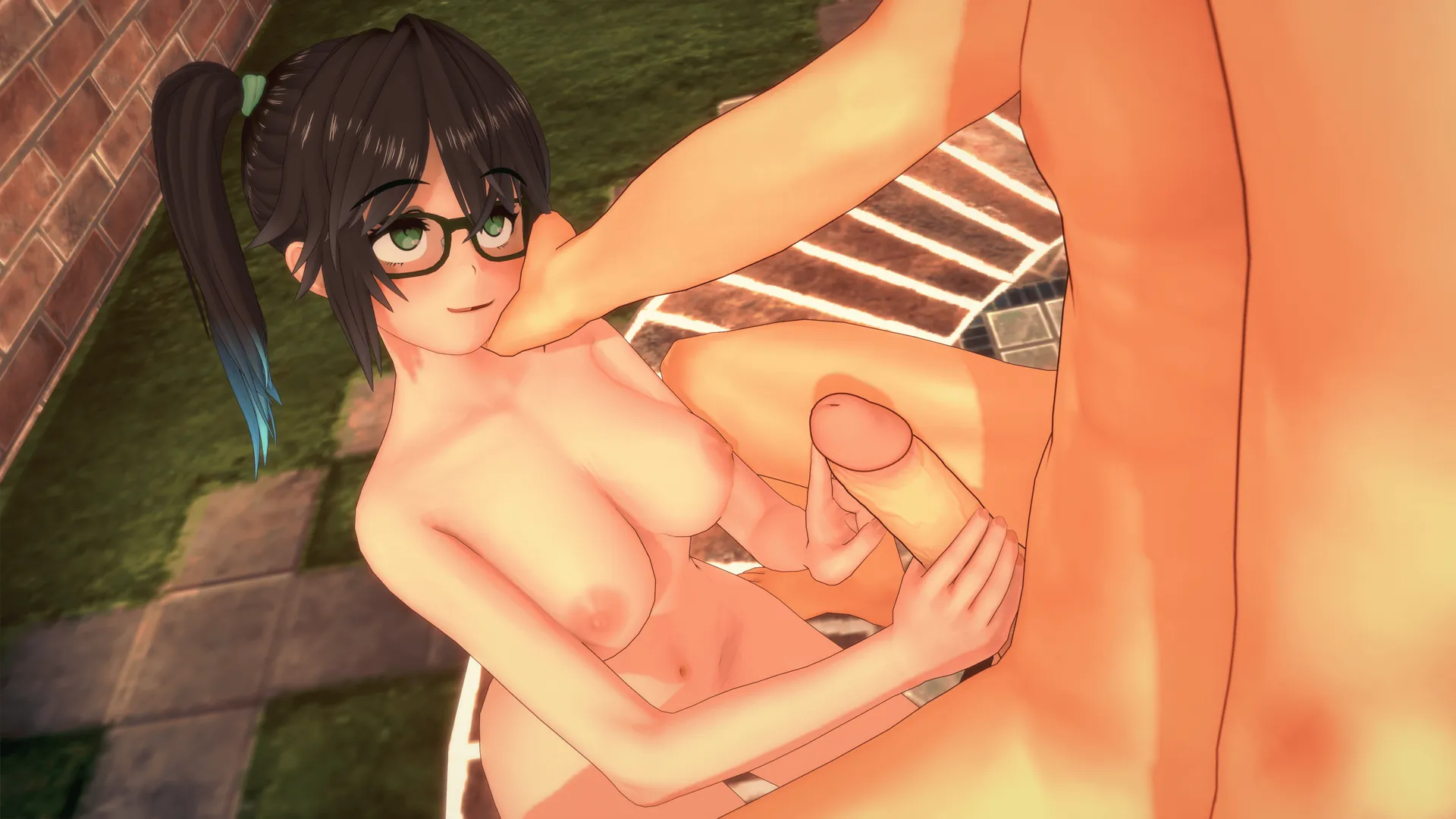
A Summer’s End – Hong Kong, 1986
Play A Summer’s End – Hong Kong, 1986
A Summer’s End – Hong Kong, 1986 review
Exploring the Story, Characters, and Cultural Depth of A Summer’s End – Hong Kong, 1986
A Summer’s End – Hong Kong, 1986 is a captivating visual novel that immerses players in a heartfelt story set in vibrant 1980s Hong Kong. Centered on the evolving relationship between Michelle, a young office worker, and Sam, a home video store owner, this game blends romance, culture, and personal identity into a rich narrative experience. Fans of visual novels and those interested in nuanced storytelling will find this game a memorable journey through love and self-discovery in a unique historical setting.
Unpacking the Story and Characters of A Summer’s End – Hong Kong, 1986
Who Are Michelle and Sam?
Picture this: you’re stepping into 1986 Hong Kong through a vibrant visual novel romance story, and at its heart are two women whose lives couldn’t be more different. 🌆 Michelle is a rigidly disciplined office worker trapped by her family’s expectations—always in tailored suits, always playing it safe. Sam? She’s her polar opposite: a free-spirited artist with neon-pink hair who runs a streetwear stall, radiating defiance against tradition. Their chance meeting sparks a connection that challenges everything they know.
When I played, what struck me was how their personalities clash and complement. Michelle’s journey isn’t just about falling for Sam—it’s about unlearning decades of obedience. Sam, meanwhile, battles loneliness beneath her bold exterior. Their relationship isn’t a fairy tale; it’s raw, awkward, and deeply human. You feel every stilted conversation and electric glance. 💘
This character depth makes the Michelle and Sam characters resonate. They’re not tropes; they’re people wrestling with identity in a society that demands conformity. By the end, you’ll ache for their victories and mourn their setbacks.
| Character | Key Traits | Motivations | Role in Story |
|---|---|---|---|
| Michelle | Reserved, duty-bound, secretly yearning | To please her family while discovering her true self | Anchor to Hong Kong’s conservative norms; embodies internal conflict |
| Sam | Rebellious, creative, vulnerably optimistic | To live authentically despite societal judgment | Catalyst for change; represents Hong Kong’s evolving youth culture |
How Does the Story Reflect 1980s Hong Kong?
Let’s talk about the 1980s Hong Kong setting—it’s not just a backdrop; it’s a character. 🚦 Neon signs glow above cramped markets, British colonial influences blend with Cantonese traditions, and whispers of the 1997 handover loom like thunderclouds. Playing this game feels like time-traveling to a city pulsing with anxiety and ambition.
The cultural influence in game is meticulous. You’ll see:
– Michelle’s family dinners where filial piety dictates every conversation 🍚
– Sam’s Kowloon studio apartment, plastered with Western band posters—a rebellion against tradition 🎸
– Street scenes buzzing with hawkers and fortune tellers, mirroring Hong Kong’s gritty, dynamic soul
I gasped when Michelle’s mother scolded her for coming home late—not because it was dramatic, but because my Asian grandma said the exact same words. That’s authenticity.
The A Summer’s End Hong Kong 1986 story uses these details to shape its conflicts. Michelle’s struggle isn’t just personal; it’s a reflection of a city torn between history and change. The pressure to marry? The shame of queerness? All magnified by Hong Kong’s transitional era. This setting doesn’t just inform the plot—it strangles it with tension. 🌪️
What Themes Drive the Narrative?
Get ready—this visual novel romance story packs emotional grenades. 💣 The themes in A Summer’s End dissect identity, love, and duty with surgical precision. At its core, it asks: How much of yourself will you sacrifice to belong?
Family is a double-edged sword here. Michelle’s mother isn’t a villain; she’s a product of her time, believing control is love. Sam’s isolation, meanwhile, shows the cost of rejecting those bonds. Their romance becomes an act of resistance against generational expectations. 👩👧
But the real masterpiece? How identity and family in visual novels collide. Michelle’s closet isn’t just literal—it’s metaphorical. Hiding her feelings from her family mirrors Hong Kong’s own repressed anxieties about its future. Every choice you make as a player forces you to weigh safety against truth.
Pro tip: Play this with sound ON. The synth-heavy soundtrack isn’t just nostalgic—it’s a narrative device. Those melancholic chords during Michelle’s quiet moments? They scream what she can’t. 🎹
What stayed with me long after credits rolled was the game’s refusal to offer easy answers. Some endings are bittersweet; others gut-wrenching. But all honor the complexity of its themes in A Summer’s End. This isn’t escapism—it’s a mirror held up to anyone who’s ever hidden a piece of themselves. ✨
The A Summer’s End Hong Kong 1986 story proves visual novels aren’t just “games.” They’re vessels for cultural memory, and this one? It’s unforgettable.
A Summer’s End – Hong Kong, 1986 offers a beautifully crafted narrative that combines romance, cultural richness, and personal growth. Through its engaging characters and authentic setting, the game invites players to explore themes of love and identity in a unique historical context. Whether you’re a fan of visual novels or new to the genre, this game provides a memorable experience worth exploring. Dive into the story and discover the heartfelt journey of Michelle and Sam today.












